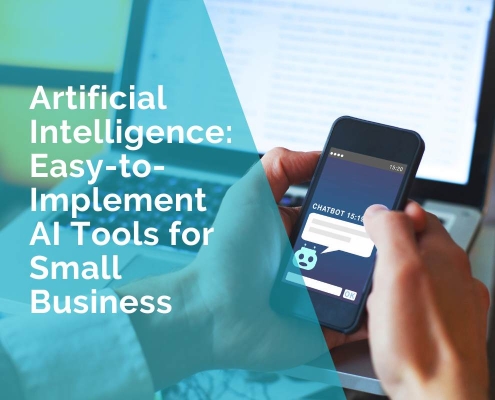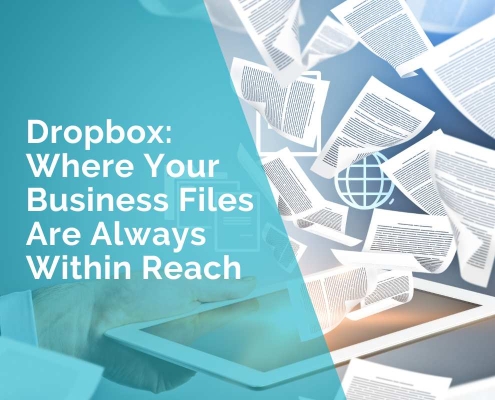How Small Businesses Can Use Travel Time APIs to Power Smarter, Faster Applications
For modern small businesses, delivering real-time, location-based experiences is no longer a luxury – it’s a necessity. Whether you run a delivery service, operate a mobile workforce, or simply want to enhance user convenience, timing matters. That’s where a travel time API becomes an essential tool. Unlike traditional mapping tools that only measure distance, a travel time API offers real-world estimates for how long a journey will take – factoring in traffic, transport mode, and time of day.
This guide breaks down how travel time APIs work, how they differ from standard distance calculations, and how small businesses can implement them to streamline operations, cut costs, and improve user experience.
What Is a Travel Time API?
A travel time API is a software interface that calculates the estimated time it takes to get from point A to point B using various transportation methods. It doesn’t just tell you how far something is – it tells you how long it will take to get there under actual conditions.
Unlike a basic distance matrix, which might show “3.5 miles between addresses,” a travel time API tells you: “13 minutes by car during rush hour,” or “9 minutes by bike using a specific route.” This difference may seem small, but for time-sensitive operations – such as deliveries, field visits, or on-demand services – it’s critical.
How Travel Time APIs Work: Inputs and Outputs Explained
To return accurate results, travel time APIs rely on a combination of real-time data, geographic information, and route optimisation algorithms. Let’s break down the typical inputs and outputs:
Common Inputs:
- Origin and destination coordinates (latitude/longitude)
- Mode of transportation (car, bike, walking, public transit)
- Departure or arrival time (optional, but useful for planning)
- Traffic data toggle (real-time or historical)
- Waypoints for multiple stops
- Units of measurement (metric or imperial)
Outputs May Include:
- Estimated travel duration (in minutes or seconds)
- Total distance of the route
- Route geometry or polylines for map rendering
- Turn-by-turn instructions
- Traffic delays or detours
- Alternative routes or suggestions
By feeding this data into your system, you can build smarter, context-aware tools that respond to real-world conditions.
Distance vs. Duration: Why It Matters
Many businesses still rely on distance alone when calculating coverage areas or delivery times. However, two routes of equal distance can have drastically different travel times due to:
- One-way streets
- Speed limits
- Traffic congestion
- Type of road (highway vs. residential)
- Time of day or day of the week
With a travel time API, you can promise delivery within a real 30-minute window – not just a radius.
Real-Time Traffic Makes a Real Difference
One of the standout features of advanced travel time APIs is the integration of real-time traffic data. This is especially important for small businesses offering:
- Food delivery
- Mobile repair services
- In-home consultations
- Transportation or courier services – particularly those competing with popular searches like couriers near me to improve local visibility and customer satisfaction.
Traffic-aware APIs adjust estimated times on the fly, based on live congestion, accidents, or road closures. Some even include predictive models based on historical data – helpful when planning routes for future times.
Use Cases: How Small Businesses Are Leveraging Travel Time APIs
1. Delivery Route Optimisation
- Calculate the fastest route for multiple stops
- Prioritise deliveries based on arrival time
- Adjust ETAs dynamically
- Avoid traffic-prone routes automatically
2. Local Service Dispatching
- Assign jobs more efficiently
- Reduce customer wait times
- Avoid overbooking or late appointments
3. Location-Based Marketing
- Trigger offers based on proximity or delays
- Send app notifications based on updated travel estimates
- Increase engagement with more timely promotions
4. Workforce Planning and Scheduling
- Visualise employee movements
- Optimise shift starts based on commute times
- Minimise travel fatigue
- Estimate customer appointment windows accurately
5. Public Transit and Mobility Apps
- Get accurate transfer times
- Provide multi-modal routing (walk + train + bike)
- Support scheduled arrival predictions
Accuracy, Delays, and What to Watch Out For
While travel time APIs are powerful, they’re not perfect. Consider these factors:
- Data refresh rates (some APIs update every few minutes)
- Map accuracy and freshness
- Urban vs. rural location performance
- Time sensitivity of requests (now vs. rush hour)
To improve results:
- Use scheduled departure times when possible
- Cache common routes
- Re-query routes during longer sessions
- Test the API in your actual service area
Choosing the Right Travel Time API for Your Business
When choosing a travel time API, evaluate:
- Coverage area
- Supported transport modes
- Inclusion and accuracy of traffic data
- Pricing model and scalability
- Stability and support
Look for clear documentation and fair usage terms – especially important for small teams.
Actionable Tips for Getting Started
- Map your use case (ETAs, route planning, notifications)
- Choose an API provider that fits your needs
- Test with real addresses in your region
- Integrate using SDKs or RESTful APIs
- Track and optimise based on usage and accuracy
Smarter Time, Smarter Business
Knowing how long a trip actually takes – not just how far it is – gives small businesses a major edge. With travel time data, you can reduce delays, improve service, and make better decisions across operations.
Practical Examples: How Local Businesses Are Using Travel Time APIs Today
Local Flower Shops: Improving On-Time Deliveries
- Restrict delivery slots based on real-time estimates
- Alert customers outside service zones
- Optimise multi-stop deliveries within a radius
- Adjust pricing dynamically during peak hours
Cleaning and Home Repair Services: Smoother Scheduling
- Group nearby jobs for better efficiency
- Account for congestion in job planning
- Keep customers updated if travel time changes
- Accurately estimate next appointment readiness
Mobile Pet Grooming: Managing Demand and Fuel
- Plan bookings by neighbourhood
- Create realistic buffer windows
- Auto-adjust arrival time ranges in-app
- Forecast fuel use based on actual routes
How to Combine Travel Time APIs With Other Tools
- CRM systems can tag customer profiles with travel data
- Booking platforms can block unavailable slots
- Inventory systems sync with delivery schedules
- Notification tools can send real-time ETA updates
Future Trends: What’s Next for Travel-Based Intelligence
- AI-powered routing for future traffic prediction
- Weather-aware ETAs for outdoor planning
- Eco-routing for sustainable delivery
- Multi-agent coordination for dynamic dispatching
These innovations are bringing enterprise-grade logistics into the hands of small businesses – affordably and with minimal technical overhead.
***************
Felix Morales












